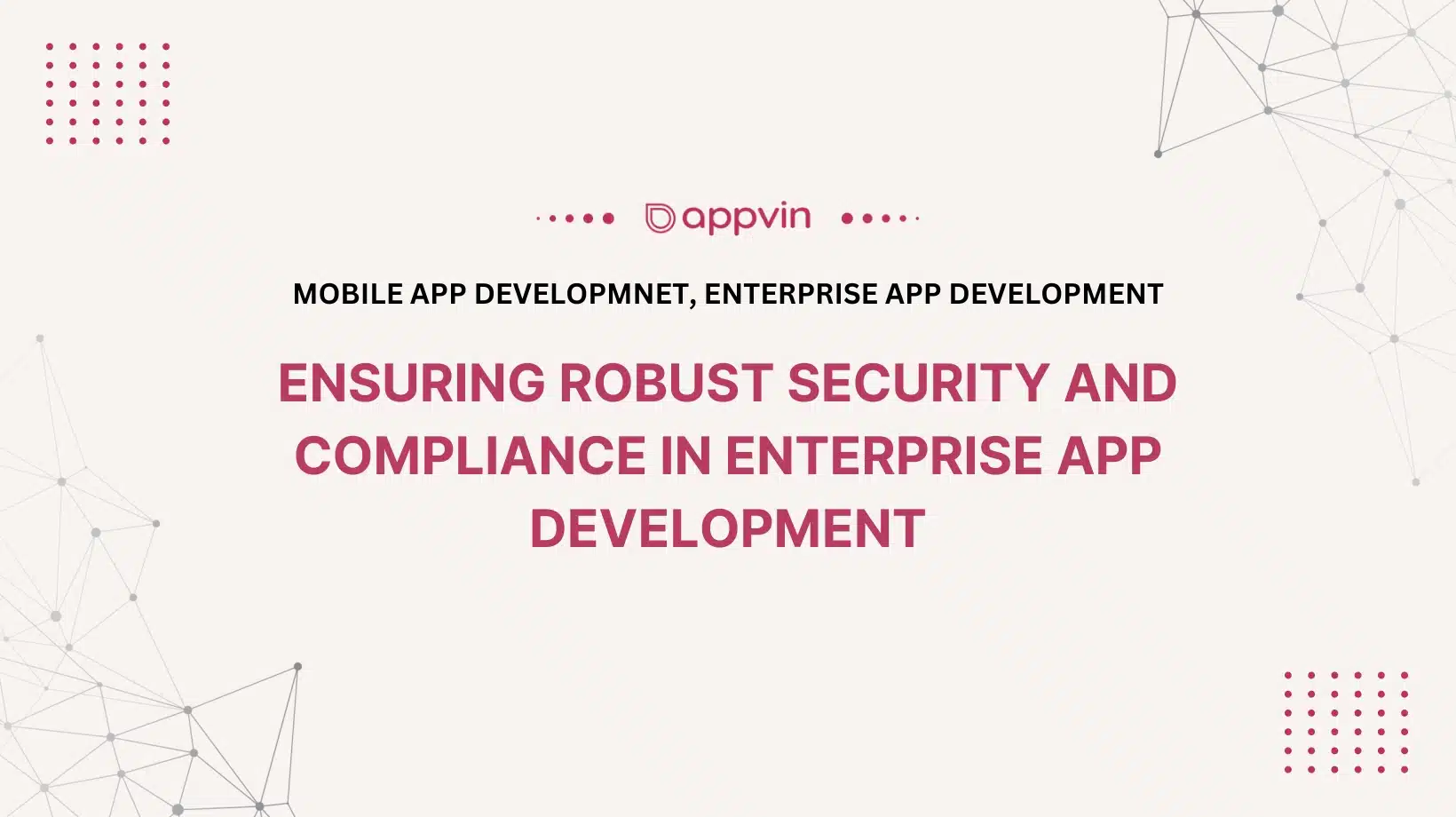Building an app is a great way to reach your customers, improve your brand awareness, and generate revenue. However, app development is not a cheap or easy process. It involves many factors, such as the type and complexity of the app, the platform and technology choices, the design and user experience, the development team and location, and the maintenance and updates.
In this blog post, we will explore some of the main factors that affect the cost of app development and provide some tips on how to estimate it. We will also discuss some of the latest trends and technologies that can help you create an app faster and cheaper in 2023.
Type and Complexity of the App
One of the first things to consider when estimating the cost of app development is the type and complexity of the app. There are different types of apps, such as mobile games, business apps, shopping apps, social networking apps, etc. Each type of app has different features and functionality that require different levels of effort and expertise to develop.
The complexity of the app depends on the number and sophistication of the features, the amount of data and logic involved, the integration with external systems and APIs, the security and privacy requirements, etc. The more complex the app is, the more time and resources it will take to develop.
According to TopFlightApps, the average cost of developing an app ranges from $40,000 to $250,000, depending on the type and complexity of the app. For example, a simple app with basic features can cost around $40,000 to $60,000, while a complex app with advanced features can cost up to $250,000 or more.
Platform and Technology Choices
Another factor that influences the cost of app development is the platform and technology choices. There are two main platforms for mobile app development: Android and iOS. Each platform has its own advantages and disadvantages, such as market share, user preferences, development tools, etc.
Developing an app for both platforms can increase the reach and potential revenue of the app, but it also increases the cost and complexity of development. This is because each platform has its own native programming language, framework, and standards that require different skills and tools to develop.
One way to reduce the cost and complexity of developing an app for both platforms is to use cross-platform development tools. These tools allow developers to write one codebase that can run on multiple platforms with minimal changes. Some examples of cross-platform development tools are React Native, Flutter, Xamarin, etc.
Cross-platform development can save time and money by reducing code duplication and maintenance efforts. However, it also has some drawbacks, such as performance issues, compatibility problems, limited access to native features, etc. Therefore, choosing between native or cross-platform development depends on the specific needs and goals of each project.
Design and User Experience
A well-designed app can attract more users, increase engagement, improve retention, and boost conversions. A poorly designed app can frustrate users, cause errors, reduce satisfaction, and increase churn.
The design and user experience of an app involve many aspects, such as user interface (UI), user flow (UX), graphics (UI), animations (UI), etc. Each aspect requires different skills and tools to create. The design process also involves multiple stages, such as research (UX), wireframing (UX), prototyping (UX), testing (UX), etc.
The cost of designing an app depends on the quality and complexity of the design elements. A web development agency directory platform ,the average cost of designing an app ranges from $1,000 to $50,000 or more. For example, a simple app with basic UI elements can cost around $5,000 to $10,000 , while a complex app with custom graphics and animations can cost up to $50 ,000 or more.
Development Team and Location
The development team consists of different roles and skills that are required for each stage of the project. Some examples of roles are project manager (PM), business analyst (BA), UI/UX designer (UI/UX), developer (DEV), tester (QA), etc.
The size and composition of the development team depend on the scope and complexity of the project. The more features and functionality the project has ,the more roles and skills it will need . The cost of hiring each role also varies depending on their experience, expertise, and location .
The location of the development team can have a significant impact on the cost of app development . This is because different regions have different rates ,costs ,and standards for software development . A global software outsourcing company ,the average hourly rate for Enterprise software development ranges from $25 to $49 in Eastern Europe ,from $18 to $40 in Latin America ,and from $18 to $25 in Asia . In contrast ,the average hourly rate for software development in North America ranges from $95 to $170 .
Therefore ,choosing the right development team and location can help you optimize the cost and quality of app development . You can either hire an in-house team ,outsource to an app development agency ,or use a hybrid model that combines both options . Each option has its own pros and cons ,such as control ,communication ,collaboration ,etc.
Maintenance and Updates
The cost of app development does not end when the app is launched . It also includes the cost of maintaining and updating the app after launch . Maintenance and updates are essential for keeping the app functional ,secure ,and relevant in the market . They involve fixing bugs ,improving performance ,adding new features ,etc.
The cost of maintaining and updating an app depends on the frequency and complexity of the changes. For example ,if an app costs $100,000 to develop ,it will cost around $15,000 to $20,000 to maintain per year .
One way to reduce the cost of maintaining and updating an app is to use low-code development tools. These tools allow developers and non-developers to create and modify apps using visual interfaces and pre-built components. Low-code development can speed up the development process, simplify the change management, and lower the technical debt.
Latest Trends and Technologies
The app development industry is constantly evolving with new trends and technologies that can help you create better apps faster and cheaper. Some of the latest trends and technologies that you should watch out for in 2023 are:
Artificial intelligence (AI) and machine learning (ML):
These technologies enable apps to learn from data and user behavior and provide personalized and intelligent experiences. For example, AI-powered chatbots can provide customer service, product recommendations, etc.
Internet of things (IoT) and cloud:
These technologies enable apps to connect with smart devices and cloud services and provide seamless and scalable experiences. For example, IoT apps can monitor and control smart home devices, wearable devices, etc.
Augmented reality (AR) and virtual reality (VR):
These technologies enable apps to create immersive and interactive experiences that blend the real and virtual worlds. For example, AR/VR apps can provide entertainment, education, training, etc.
Progressive web apps (PWAs) and native apps:
These technologies enable apps to run on multiple platforms and devices with minimal differences. For example, PWAs are web-based apps that can work offline, send push notifications, etc. Native apps are platform-specific apps that can access native features, such as camera, GPS, etc.
How to Estimate the Cost of Building an App in 2023
As you can see, there are many factors that affect the cost of building an app in 2023. To estimate the cost of your app project, you need to consider each factor carefully and make some assumptions based on your requirements and goals.
One way to estimate the cost of building an app is to use a formula that multiplies the number of hours required for each stage of the project by the hourly rate of each role involved. For example:
Cost = (PM hours x PM rate) + (BA hours x BA rate) + (UI/UX hours x UI/UX rate) + (DEV hours x DEV rate) + (QA hours x QA rate)
However, this formula is not very accurate or reliable because it depends on many variables that are hard to predict or measure. For example, the number of hours required for each stage can vary depending on the complexity of the project, the skill level of the team, the quality of the code, etc. The hourly rate of each role can also vary depending on their experience, expertise, location, etc.
A better way to estimate the cost of building an app is to use a tool that provides a range of costs based on different scenarios and parameters.
However, even this tool is not very precise or definitive because it does not account for all the possible factors and variations that can affect the cost of building an app.
Conclusion
Building an app is not just a technical or financial decision. It is also a creative and strategic decision. It is a decision that can make a difference in your business and in your users’ lives. If you need help with creating an app, you can contact Appvin. Appvin Technologies is an app development agency that can help you create an app that will not only fit your budget but also exceed your expectations. They offer various services like mobile application development services, web development, cross-platform development, enterprise app development, low-code development, and technical consulting.






